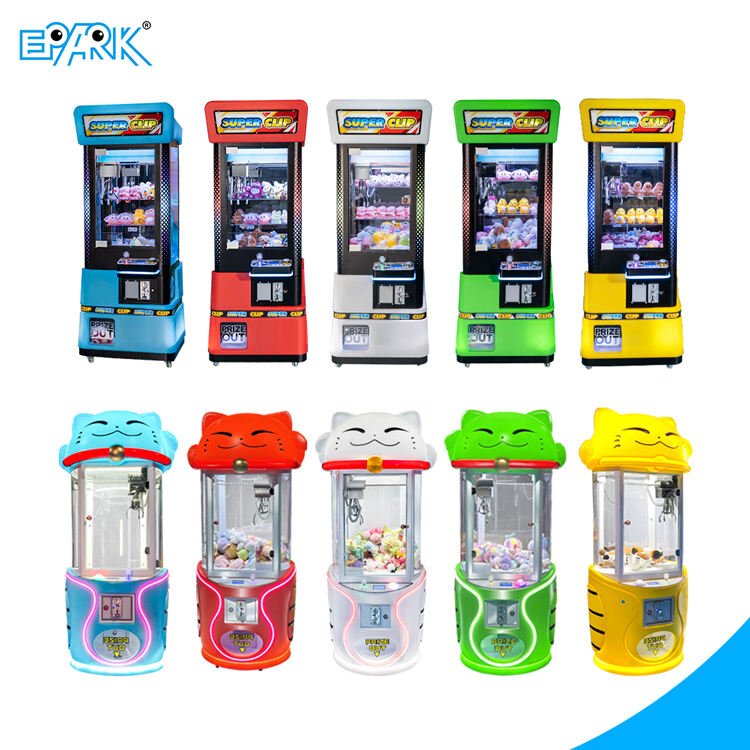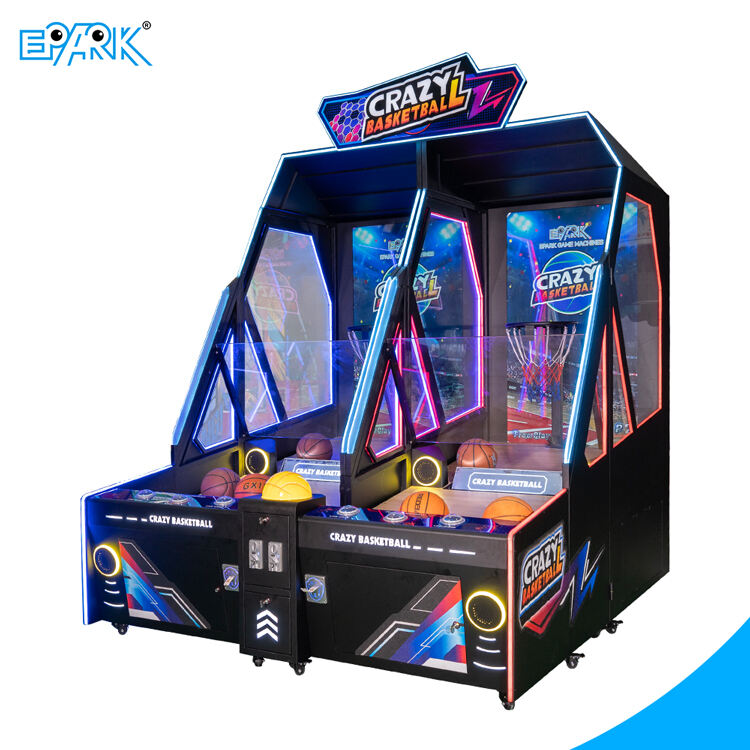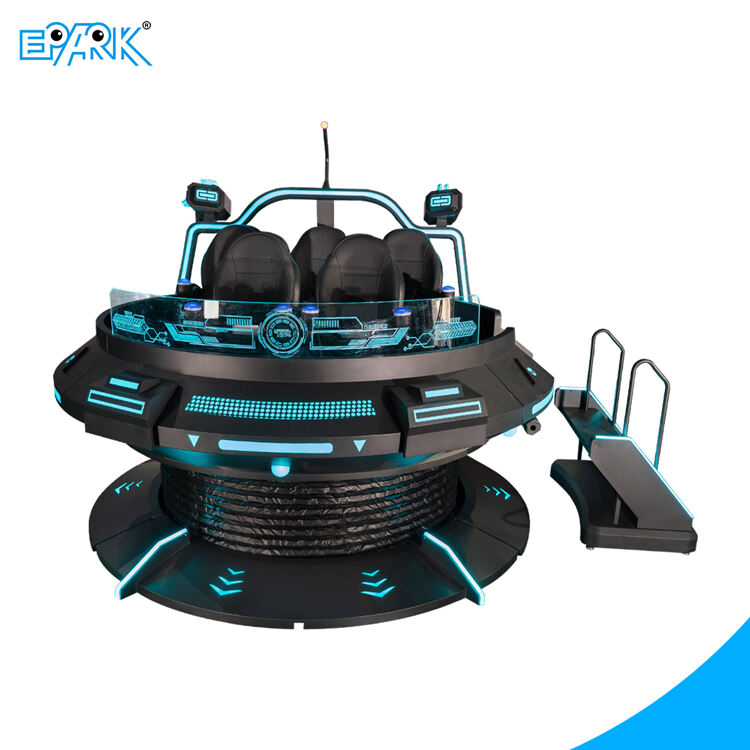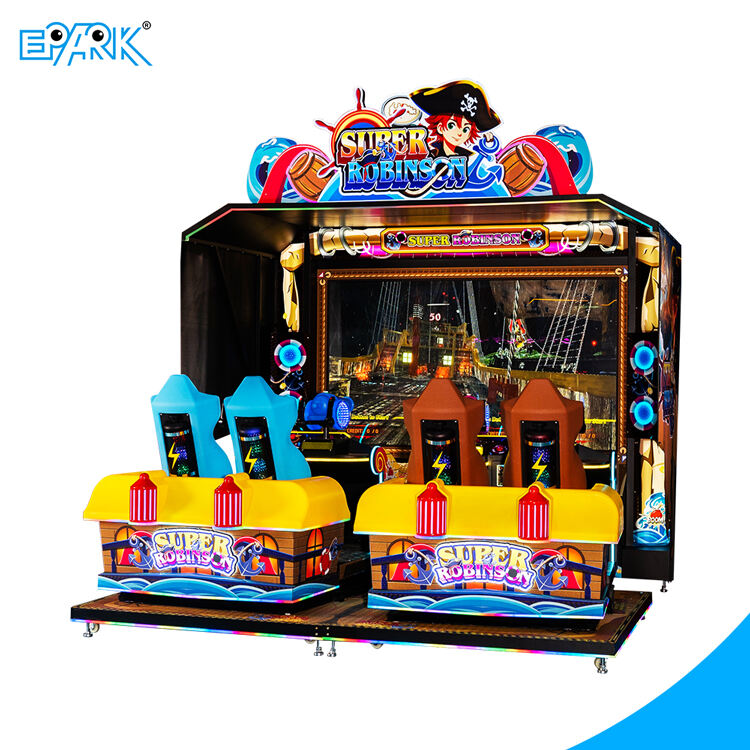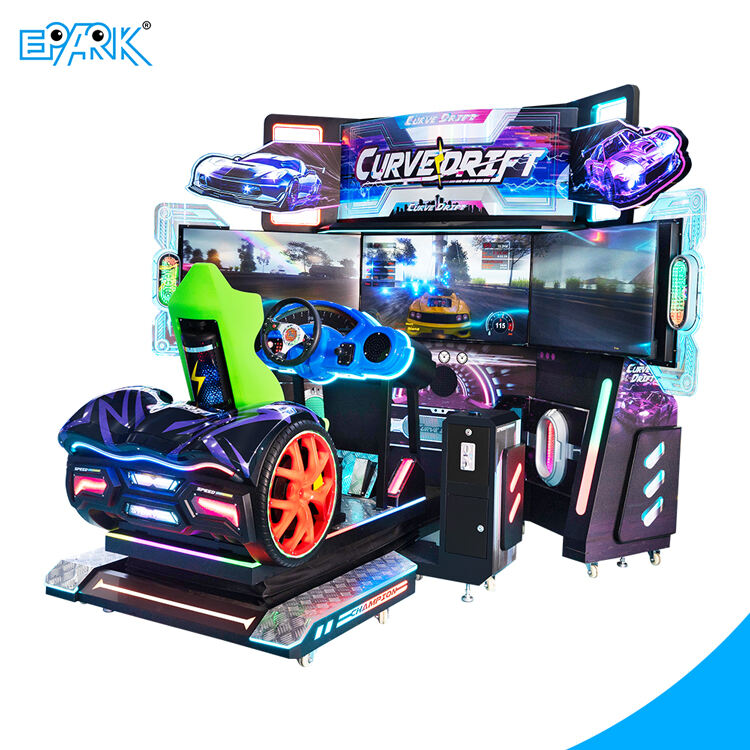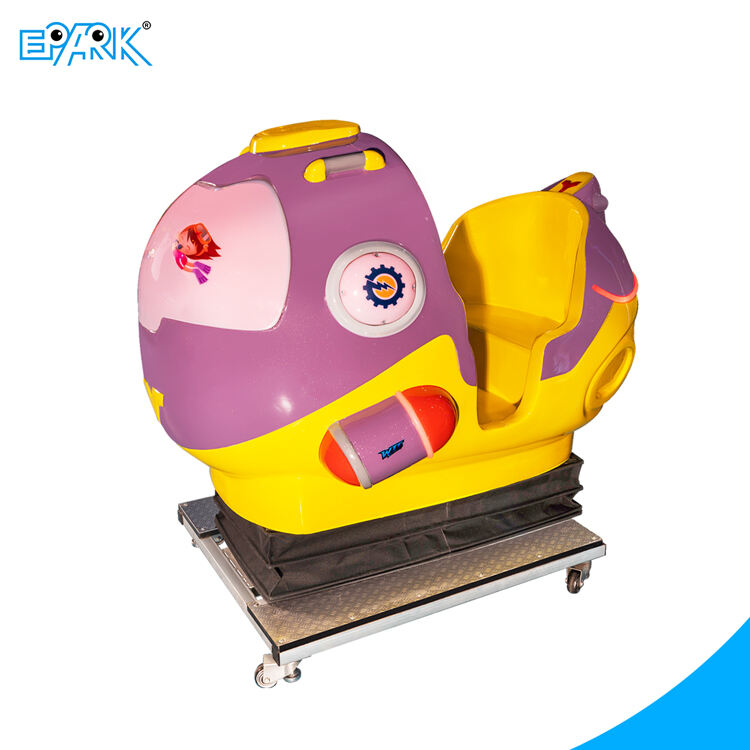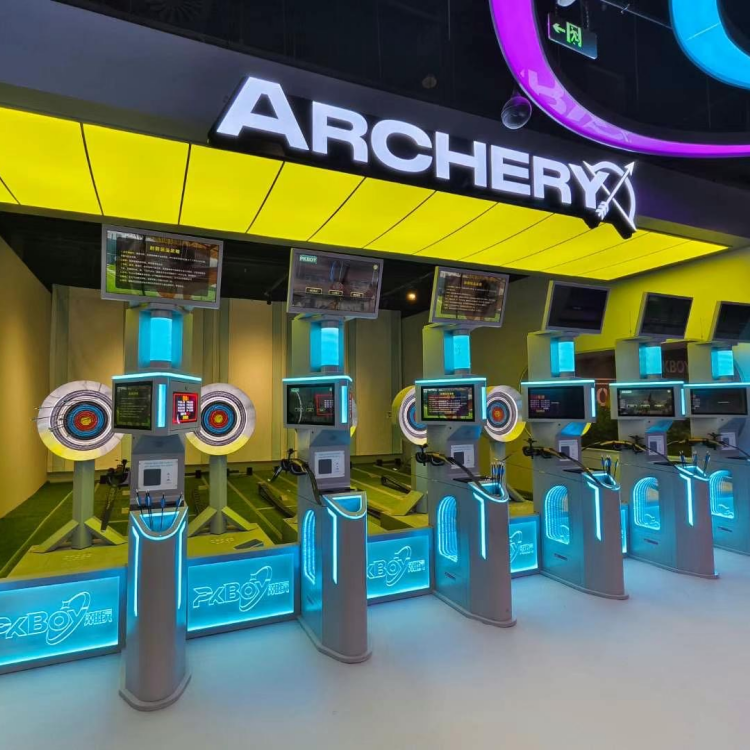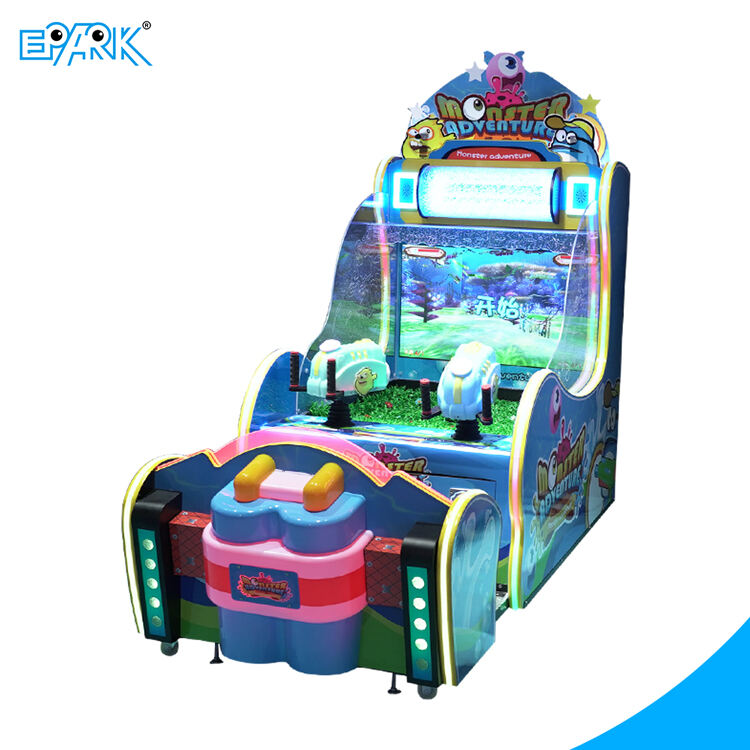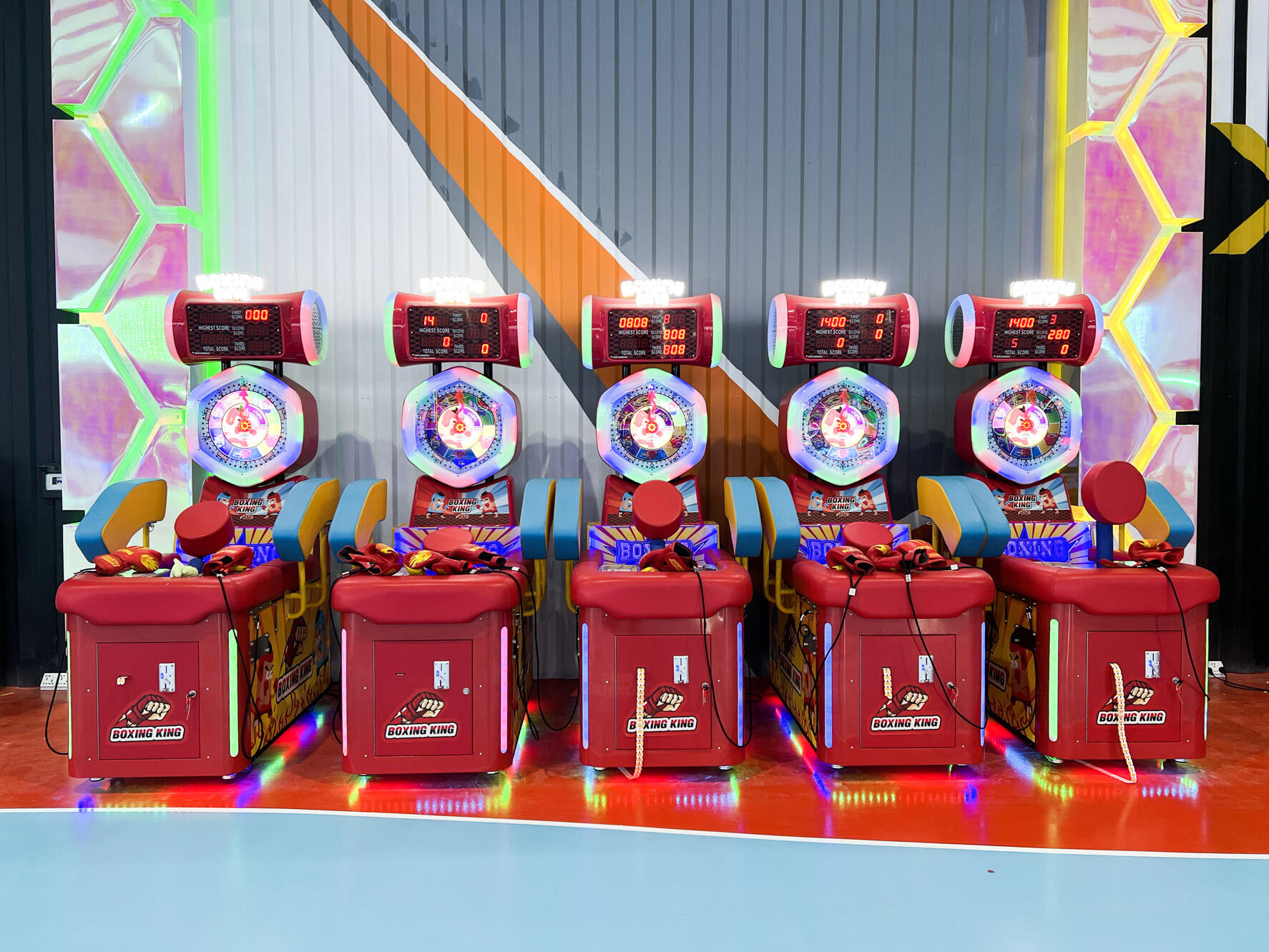Princip činnosti hracích automatů s páčidlem
Jak hrací automaty s páčidlem fungují: Věda za hrou
Lapačové v hernách opravdu upoutají pozornost, protože spojují vědu se zábavnou hrou. Co je tedy tvoří fungujícími zařízeními? No, samotná lapačka je docela složitý kousek techniky. Potřebuje totiž přesně vypočítaný tlak, aby udržela hračky, aniž by je rozdrtila. Výrobci experimentují s různými materiály a sílou sevření, aby lapačka dokázala zvednout ceny různých velikostí. Ale nejde samozřejmě jen o kovové součástky. Tyto stroje mají také v sobě počítačové mozkové obvody, které lapačce říkají přesně, kdy se má pohnout a kam. Programátoři vše nastaví tak, aby lapačka vypadala, že funguje normálně, ale ve skutečnosti ovládala, jak často někdo něco skutečně vyhraje. Hráči se snaží přijít na to, proč se každý stroj chová trochu jinak než ostatní. Někteří lidé stráví hodiny sledováním vzorů a učením se triků, které by jim mohly zvýšit šance na získání toho toužebného plyšového zvířete nebo akční figlinky.
Klíčové komponenty ovlivňující úspěšnost
Tažný stroj má několik klíčových částí, které výrazně ovlivňují, zda někdo odchází se ziskem nebo ne. Samotná klec je zde velmi důležitá. Její velikost hraje velkou roli, stejně jako síla sevření a jaký materiál tvoří samotné prsty. Tyto faktory ovlivňují, zda je možné něco úspěšně zvednout. Za scénou pracují motory a senzory, které spolu většinou fungují poměrně dobře. Řídí pohyb klece a pomáhají jí chytit ceny, pokud je to možné. Různé herní automaty se liší. Některé mají přesnější nastavení než jiné, což znamená, že některé hry prostě nabízejí lepší šance než jiné. Výrobci uvádějí, že většina tažných strojů umožňuje lidem vyhrát v průměru pouze v 10 % případů. Samotné toto číslo ukazuje, proč znalost toho, jak tyto stroje fungují, dává hráčům výhodu. Podrobné prozkoumání každé komponenty pomáhá při hledání lepších způsobů, jak hrát tyto hry a možná přece jen odnést touženého plyšáka.
Domácí vs. herní modely: Co opravdu znamená „Claw Machine for Sale“
Domácí a herní automaty na odměny se v mnohém liší, pokud jde o design a způsob fungování. Herní verze bývají celkově větší a mají různé složité mechanické komponenty uvnitř, protože musí vydržet velký počet hráčů během dne. Domácí modely jsou naopak konstruovány tak, aby se vešly do obyvaků a bytů, a jsou obvykle jednodušší na ovládání pro lidi, kteří si chtějí jen doma užít zábavu. Někteří si myslí, že domácí automaty jsou také jednodušší na výhru, ale to nemusí nutně platit. Herní nadšenci ve skutečnosti milují domácí herní sestavy, protože si mohou upravit téměř všechny jejich parametry podle vlastních preferencí. Tržní průzkumy ukazují, že tyto domácí modely se v poslední době prodávají lépe, protože stále více lidí má zájem o přizpůsobování vlastních zábavních prostor. Pochopení rozdílů mezi těmito možnostmi a sledování aktuálních trendů pomáhá každému, kdo hledá vhodný model, vybrat si takový, který bude perfektně vyhovovat jeho konkrétní situaci.
Analýza vzorů umisťování výher
Získat přehled o tom, jak umístění cen ovlivňuje psychologii, je velmi důležité pro každého, kdo chce dosáhnout lepších výsledků u hracích automatů. Zaměstnanci herních sálů znají tyto záležitosti důkladně a uspořádávají ceny způsoby, které ovlivňují, po čem lidé jdou. Některé předměty vypadají snadněji dosažitelné než jiné kvůli jejich umístění. Vezměme si například ceny na okraji – ty bývají obtížnější sebrat, protože kleště tam skutečně nedosáhnou a navíc mají menší sílu sevření. Ty uprostřed obvykle působí dojmem, že jsou dosažitelné, i když nejsou vždy nejlehčí kořistí. Provozovatelé také hrají s našimi očekáváními. Umístí ty nejkrásnější a nejdražší hračky pohromadě, aby vynikly. A pak jsou tu ty drobné šperky přímo před očima všech – vidíme je hned, a proto se pořád znovu a znovu snažíme, v naději, že tentokrát to konečně vyjde.
Techniky umístění pro různé typy automatů
Vědět, co od sebe odlišuje různé modely hracích automatů s drápem, opravdu mění pravděpodobnost výhry. Některé modely jsou složitější než jiné, takže pozice hráče hraje poměrně velkou roli. Na zábavních parcích bývají tyto automaty obvykle poměrně složitými konstrukcemi s pestrým osvětlením a barvami, které upoutají pozornost. Pokud se však podíváme na herny, obvykle zde najdeme jednodušší uspořádání výher, které lidem usnadňují získání ceny. Ovládnutí této hry vyžaduje přizpůsobení strategie v závislosti na daném automatu. Hráči by měli zkusit opatrné pohyby pro dosažení lepších úhlů a větší kontroly nad drápem. Pokud je to možné, srovnat jeřáb přímo nad cenu a nezapomenout na funkci otočení, kterou některé automaty mají. Vážní hráči potvrdí každému, kdo chce poslouchat, že pochopení zvláštností každého automatu je polovinou úspěchu. Velkou roli hraje také pozorné sledování – sledování způsobu hry ostatních může poskytnout nápad, co v dané situaci funguje nejlépe.
Dokonalé načasování pádu pro přesné chňapnutí
Správné načasování při uvolnění kleště je rozhodující pro úspěch, pokud někdo chce z těchto strojů něco vyhrát. Okamžik, kdy kleště pustí, velmi ovlivňuje, jestli se to podaří nebo ne. Každý stroj funguje také trochu jinak – některé mají rychlejší pád kleští, zatímco jiné působí dojmem, že akci zbytečně protahují. Většina lidí prostě jen neustále zkouší znovu a znovu, dokud nemají štěstí, ale určitě zde existuje opakující se vzorec, který lze pochytit. Odborníci říkají, že synchronizace toho, co stroj dělá, s tím, co hráč dělá ve správném okamžiku, vede k lepším výsledkům. Lidé, kteří sledují tyto hry pozorně, si všimnou, že ti, kdo vyhrávají, častěji trefují onu správnou chvíli než ti, kdo jen náhodně hádají, a tak se jejich náhodné pokusy mnohem pravidelněji mění ve skutečné ceny.
Vyhněte se chybám předčasného uvolnění
Příliš mnoho lidí prohrává hry, protože příliš brzy stiskne tlačítko shození. Tento problém předčasného uvolnění brání hráčům v tom, aby ve skutečnosti získali ty ceny, po kterých tak touží. Většina lidí prostě ztratí trpělivost a pustí páku dřív, než nastane správný okamžik. Je velmi důležité, aby se hráči soustředili pouze na tlačítko, pokud chtějí se vyhnout této nákladné chybě. Nějaké užitečné rady? Udržujte ruce v klidu, mezi jednotlivými pokusy se zhluboka nadechněte a soustřeďte se, dokud se nezdá být úplně správné stisknout páku. Podívejte se, co dělají špičkoví hráči, kteří hrají na hračkové automaty celý den, každý týden. Oni dokonale ovládají umění čekání na ten pravý okamžik. Potvrzují to i čísla. Lidé, kteří čekají trpělivě, vyhrají zhruba dvojnásobně častěji než ti, kteří jednají spěšně. S praxí se i naprostí začátečníci mohou stát docela schopnými v určování přesného okamžiku, kdy má být páka uvolněna.
Hodnocení výplatních poměrů a obtížností
Výběr hracího automatu, u kterého je možné vyhrát, začíná hodnocením toho, jak často vyplácí výhry a jak obtížné je skutečně získat ceny. Tyto sazby výher jsou ovlivněny zákony, které se liší podle jednotlivých míst v zemi, což znamená, že znalost místních povolení hraje velkou roli, pokud někdo chce odnést nějakou věc většinu času. Než začnete, sestavení jednoduchého seznamu vám pomůže najít automaty, které stojí za pokus, a to na základě jejich skutečných výkonových historií, nikoli jen odhadem.
- Zkontrolujte štítek nebo popis automatu, kde najdete informace o četnosti výher.
- Zjistěte předpisy, které omezují úpravy výplatních poměrů provozovateli automatů.
Pohled na statistiky různých značek herních automatů ukazuje poměrně široké rozpětí v tom, jak často hráči skutečně vyhrávají. Velké výrobce obvykle zveřejňují informace o pravidelnosti výher určitých automatů na svých webových stránkách, takže hráči mohou tyto údaje předem zkontrolovat. Důležitá je také obtížnost – některé automaty hráčům působí větší potíže díky složitějším mechanikám nebo opravdu těsným systémům kleští. Dobrý nápad před vhozením mincí do jakéhokoli automatu je pozorovat jeho chvíli, jak běží, nebo si dokonce sáhnout na páku a vyzkoušet, jak reaguje a jakou má sílu sevření. Většina zkušených hráčů řekne každému, kdo má uši, že volba automatů, které zjevně častěji vyhrávají nebo mají o něco volnější sevření, obvykle vede k lepším výnosům v průběhu času. Ačkoli žádná strategie nezaručuje výhru, pochopení těchto faktorů rozhodně pomáhá při výběru potenciálně výdělečných automatů v kasinech.
Jak se pařáty srovnávají s hrami Air Hockey a Boxní turnaj ve hernách
Americké hrací automaty se liší od her jako stolní hokejové hry nebo boxerské simulátory v tom, jak hráči s nimi ve skutečnosti interagují. Klasické herní automaty nabízejí lidem něco fyzického, čím si mají s činností rukou zaměstnat, zatímco u hracích automatů s paží jde výhradně o správný okamžik, kdy nechat kovový rameno klesnout. Co dělá tyto mincové monstry tak závislámi? No, pro začátek nikdo vlastně neví, jaké jsou šance na výhru. Někdy fungují skvěle, jindy už toho moc neumí. Tréninkem však můžete dosáhnout dobrého odhadu pro správné časování, což je také důvod, proč se lidé i přes nepříznivé šance stále vrací zpět.
Z hlediska návratnosti investic stojí za zmínku, že mašiny na chytání jsou oproti jiným dostupným možnostem něčím výjimečným. Stoly na air hockey a ty boxerské hry rozhodně vyžadují určitou dovednost a fyzické úsilí od hráčů, ale mašiny na chytání jsou jiné. Nabízejí vysoké výhry, aniž by se většině lidí jevily jako příliš riskantní. Skutečnost, že tyto mašiny jsou obecně snadno hratelné a dostupné, zajišťuje jejich popularitu v různých hernách. Majitelé heren často umisťují mašiny na chytání do míst, kde přirozeně vzniká velký pohyb lidí, což znamená, že přitahují více než jiné atrakce spíše nezávazné hráče.
Co lidé oblíbí, když hrají hry v hernách, často závisí na tom, jak často vyhrávají a jaký druh zábavy hledají. Někteří lidé, kteří si přejí něco pomalejšího, ale přesto uspokojivého, si často vyberou hrací automaty s pažemi, kde se snaží chytit ceny. Jiné nadchne rychlá hra, jako je letecký hokej, nebo dokonce staromódní boxovací automaty, které vyžadují určité úsilí od hráčů. Pochoopení těchto rozdílů pomáhá hráčům vybrat si automaty, které skutečně odpovídají tomu, co na hrách nejvíce cení. Mnoho pravidelných návštěvníků vám řekne, že právě tohle rozhoduje o tom, zda odejdete spokojeně nebo zklamaně po stráveném čase v herně.
Pozorování herních cyklů jako profesionál
Dobrý výkon u herních automatů není jen o náhodě. Odborníci znají všechno o cyklech a fungování těchto strojů. Věnují pozornost okamžikům, kdy se kleště oslabí nebo zesílí, nebo si všimnou, zda existuje nějaký vzorec, podle kterého padají ceny. Někteří lidé stráví hodiny tím, že se jednoduše dívají na jeden stroj, dokud nepoznají jeho rytmus. Mnoho vážnějších hráčů si dělá poznámky, možná dokonce v klasických poznámkových blocích místo drahých tabulkových procesorech, a sledují, která nastavení fungují pro různé hry nejlépe. Téma bylo dokonce předmětem vědeckých studií, které prokázaly, že skutečně existují vzorce, které lidé mohou pochopit a naučit se je využívat ve svůj prospěch. Co začíná jako jednoduchá zábava, může s časem přerůst v něco výpočetního, podobně jako se učí strategický přístup ke hře air hockey nebo zlepšování v načasování ran ve hrách s boxováním.
Strategie řízení rozpočtu pro nadšence do herních salonků
Příznivci herních automatu vědí, že sledování finančních záležitostí činí obrovský rozdíl mezi příjemnou zábavou a prázdnou kapsou v budoucnu. Když si lidé stranou peníze určené konkrétně na pokusy u hracích automatů, získají větší hodnotu za každý peníz, aniž by při tom přišli o rozpočet. Někteří lidé si stáhnou aplikace pro sledování rozpočtu na svá zařízení, jiní se spojí s kamarády a náklady si rozdělí, aby každý měl více pokusů. Opravdoví profíci vyprávějí příběhy o tom, jak dodržování přísných pravidel výdajů funguje skvěle – trochu jako správa domácího rozpočtu, ale s menším počtem tabulek. Většina rad se však vrací ke stejné věci: předem si určete, co si můžete dovolit, než půjdete do herny. Koneckonců, nikdo nechce zmeškat zábavu jen proto, že minulý týden utratil příliš mnoho. Dobré zvyklosti v rozpočtování jsou stejně důležité jako naučit se, kdy přesně stáhnout páku v ideálním okamžiku.
Obsah
-
Princip činnosti hracích automatů s páčidlem
- Jak hrací automaty s páčidlem fungují: Věda za hrou
- Klíčové komponenty ovlivňující úspěšnost
- Domácí vs. herní modely: Co opravdu znamená „Claw Machine for Sale“
- Analýza vzorů umisťování výher
- Techniky umístění pro různé typy automatů
- Dokonalé načasování pádu pro přesné chňapnutí
- Vyhněte se chybám předčasného uvolnění
- Hodnocení výplatních poměrů a obtížností
- Jak se pařáty srovnávají s hrami Air Hockey a Boxní turnaj ve hernách
- Pozorování herních cyklů jako profesionál
- Strategie řízení rozpočtu pro nadšence do herních salonků

